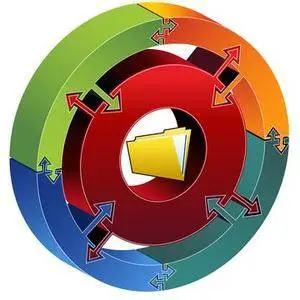Data Modeling Overview for Managers and Business Analysts
MP4 | Video: AVC 1280x720 | Audio: AAC 44KHz 2ch | Duration: 1 Hours 10M | 192 MB
Genre: eLearning | Language: English
MP4 | Video: AVC 1280x720 | Audio: AAC 44KHz 2ch | Duration: 1 Hours 10M | 192 MB
Genre: eLearning | Language: English
Bill explains to a manager and business analyst audience the basics of data modeling. The concept of a data model is explained, its benefits and the different layers of data models. Bill covers:
Data Model Overview. Bill provides a management’s perspective to data modeling. Bill talks about how the data model can help us go from chaos into an organized world. Bill explains what the data model is and covers the three levels of modeling. He covers the process of going from the model to database design.
Importance of the Data Model. Bill explains why the data model is an invaluable map and compass of an organization’s data. The rules of data model are covered along with how the data model is used within a data warehouse. The data model’s role in source/target mapping is also discussed.
Generic Data Models. A bank scenario is used to explain the value of leveraging industry-wide generic data models. Len Silverston’s models are introduced as well. Bill shares words of caution on using generic models, such as the amount of customization that may be needed to make it useable within your organization. Both operational and analytical generic models are discussed.
Data Model Mappings. Bill discusses the process of getting legacy data into a data warehouse using the data model and mapping to the data model. Bill provides the criteria for choosing an appropriate data source for the data warehouse.
Data Model Mechanics. The three levels of data models are discussed: high, medium, and low level. The high level is called the entity level, the medium is called the data item set (DIS) level, and the low level is called the physical design level. Bill explains the differences between atomic and derived data. He goes into detail into each of the three levels of data models, and talks about the benefits of each level. Characteristics at the physical level are covered, such as indexing and denormalization.





